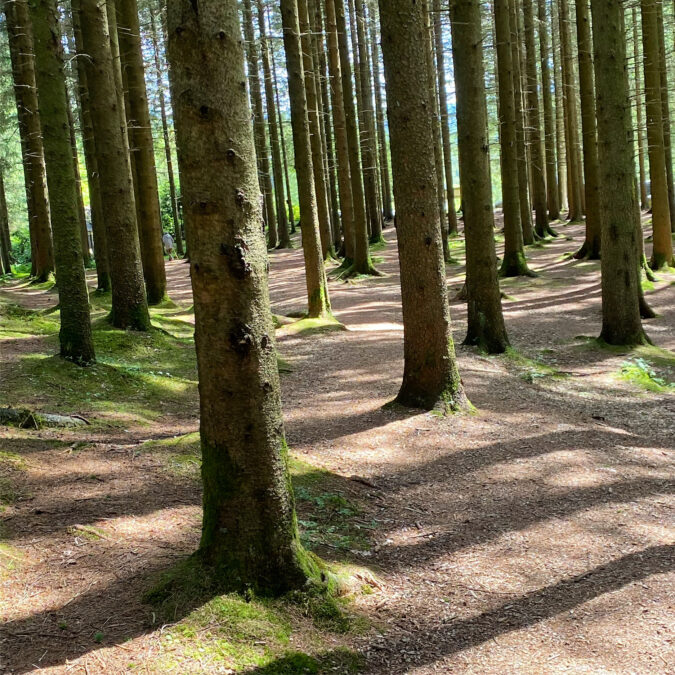Easter is a good opportunity to contemplate the death and resurrection of nature. One of the most prevalent narratives about nature in the Anthropocene is one of decline – of species extinction, biodiversity loss, degraded ecosystem services, encroachment on wilderness areas, natural disasters, global climate change, and so on. People have left their fingerprints on everything and the world is a poorer place for it, or so the story goes. Such narratives of decline and catastrophe have been important catalysts in the formation of the environmental movement and continue to be major challenges that we’ll need to deal with one way or another in the future. As argued earlier, all of these can also be defined as a wicked problem or part of a whole wicked tangle of problems that can’t be solved through simple fixes. Note that I chose to call this a narrative about nature. This is not the same as saying that these problems are fictional and thus don’t exist (they do). Narratives are storytelling mechanisms that organize and connect events in time and space. They are one of the ways in which we attempt to make sense of the world around us, as individuals and as societies. If we want to make any headway with the environmental problems that we face in the Anthropocene, we need to think critically about the narratives we tell to ourselves and to others about nature and culture. At the core, narratives about environmental decline begin with the idea of nature as once whole, pristine, and untouched. Once upon a time there was an environmental baseline that we not only measure, but also judge environmental change against. If there are people in the story, they tend to live in harmony with nature, knowing their place in the ecosystem. Environmental degradation often follows with the introduction of new technologies or when people start showing up in places where they don’t belong. For example, one…
Part of a series of blog posts I wrote on the Anthropocene for Umeå University’s Forskarbloggen in 2013.


